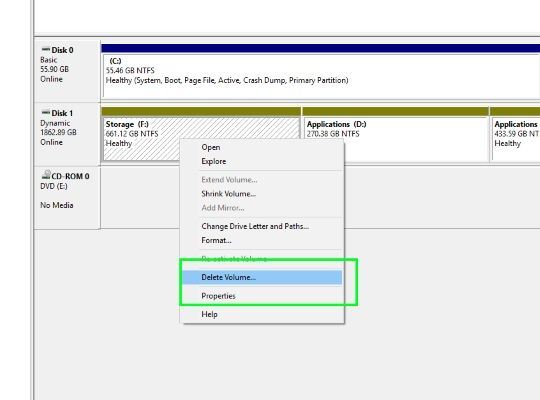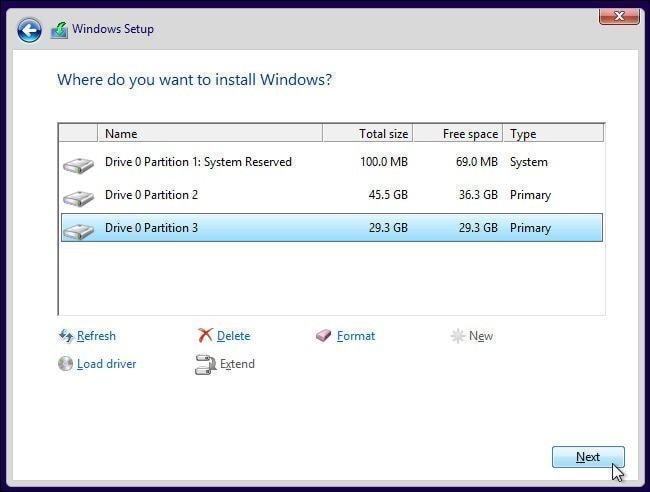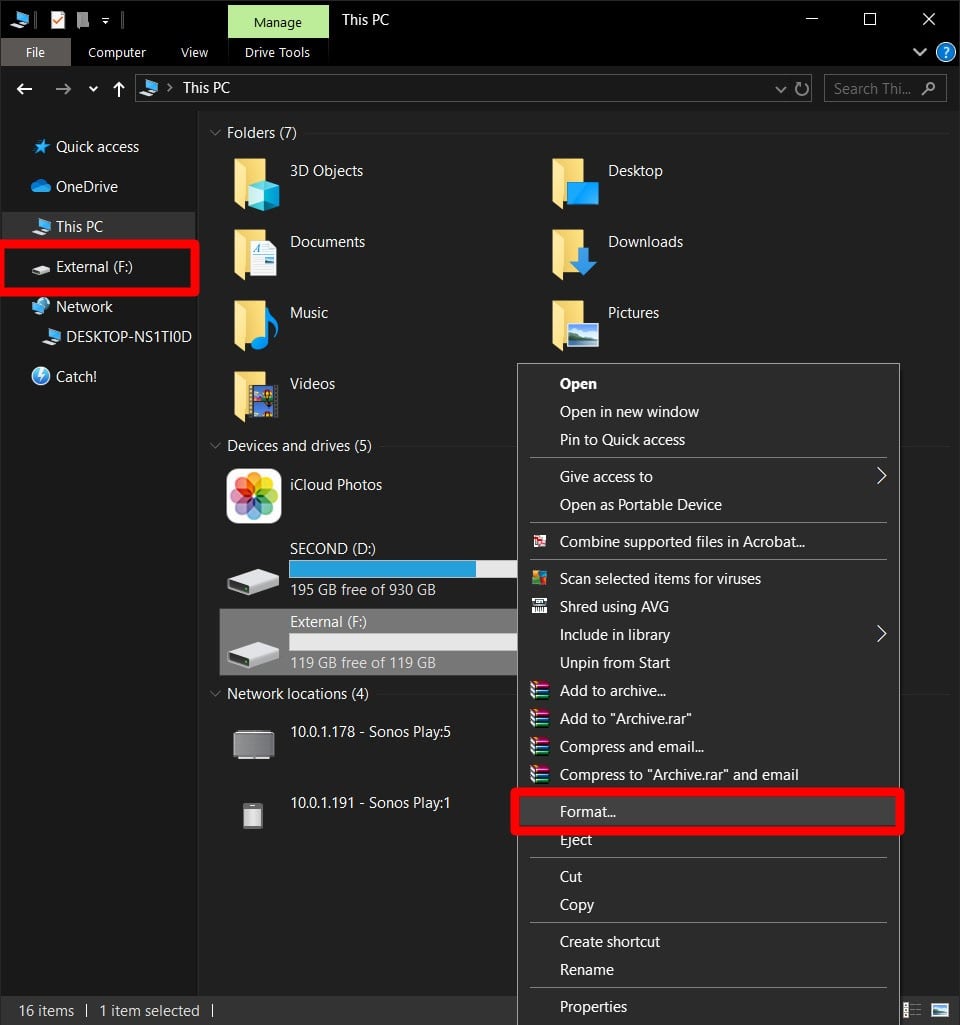
 Remove virus and malware: Operating system infects virus or malware is dangerous to personal data, as files might be damaged, lost or even leaked to third-party. Erase data: It is advised to wipe hard drive before recycling or donating it, as the drive might contain sensitive data.
Remove virus and malware: Operating system infects virus or malware is dangerous to personal data, as files might be damaged, lost or even leaked to third-party. Erase data: It is advised to wipe hard drive before recycling or donating it, as the drive might contain sensitive data. 
Upgrade system disk: Windows is installed on an SSD which is running out of free space and you plan to upgrade the disk to a larger one.

Retire computer: When you want to replace your computer with a new one, you might need to format computer to erase data before selling or giving away in the view of data security.Why do users still want to format C drive? The reasons for formatting system partition vary from one to another and here are some common reasons: Bonus Tip: Formatted partition data recoveryĬ drive is usually system partition on most computers, and formatting C drive gives the chance that computer loses operating system and cannot boot.Method #3: Format C drive using DiskGenius Free edition.
 Method #2: Format C drive /system partition via system repair disc. Method #1: Format C drive with Windows Setup Disc. Locate the unallocated disk space, right-click on it, and select New Simple Volume. However, it may appear as ‘Unallocated.’ You may convert unallocated disk space into a healthy useable partition with the following steps:Ī. You can create a new partition by shrinking an existing one. How to Partition Hard Drive in Windows 10? A. Once the job’s done, start partitioning your hard drive with the easy DIY methods shared in this blog. You can use an external storage media drive, such as SSD, HDD, USB, etc., to create the backup. So before getting started, take backup of your essential data to prevent data loss. Of course, you don’t want that to happen. But careful! If you do it wrong, you may end up losing your data forever. You can Create, Shrink, Extend, Format, or even Delete the hard drive data on Windows 10. Partitioning a hard drive is undoubtedly a great way to make the most of all the space you’ve got. People usually partition a hard drive to organize or manage their data into multiple virtual drive volumes. Usually, a Hard Drive comes with a single collated storage memory that you may logically divide into separate partitions.
Method #2: Format C drive /system partition via system repair disc. Method #1: Format C drive with Windows Setup Disc. Locate the unallocated disk space, right-click on it, and select New Simple Volume. However, it may appear as ‘Unallocated.’ You may convert unallocated disk space into a healthy useable partition with the following steps:Ī. You can create a new partition by shrinking an existing one. How to Partition Hard Drive in Windows 10? A. Once the job’s done, start partitioning your hard drive with the easy DIY methods shared in this blog. You can use an external storage media drive, such as SSD, HDD, USB, etc., to create the backup. So before getting started, take backup of your essential data to prevent data loss. Of course, you don’t want that to happen. But careful! If you do it wrong, you may end up losing your data forever. You can Create, Shrink, Extend, Format, or even Delete the hard drive data on Windows 10. Partitioning a hard drive is undoubtedly a great way to make the most of all the space you’ve got. People usually partition a hard drive to organize or manage their data into multiple virtual drive volumes. Usually, a Hard Drive comes with a single collated storage memory that you may logically divide into separate partitions.








 0 kommentar(er)
0 kommentar(er)
